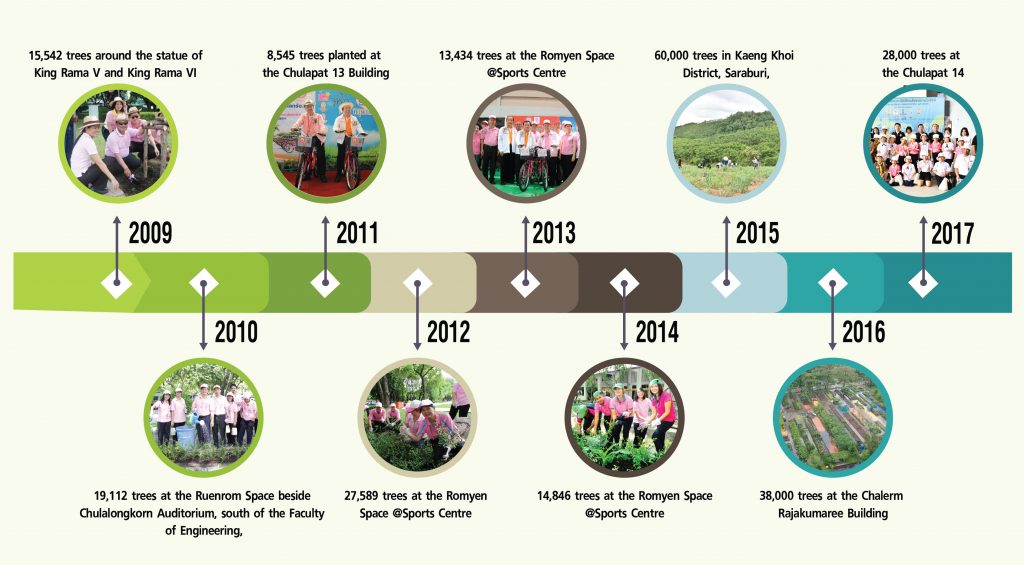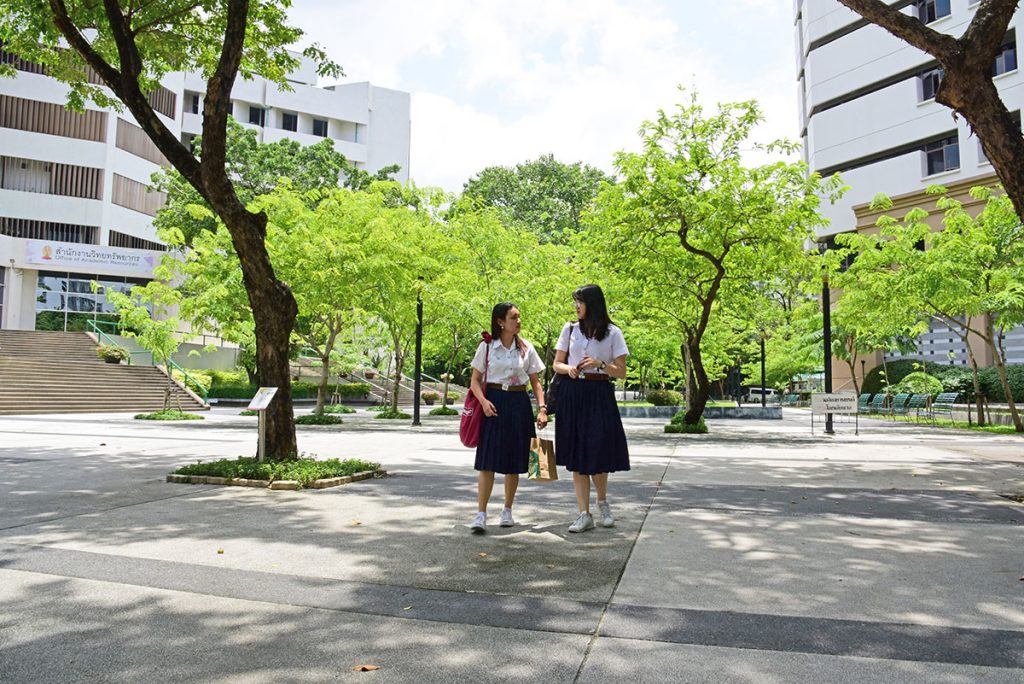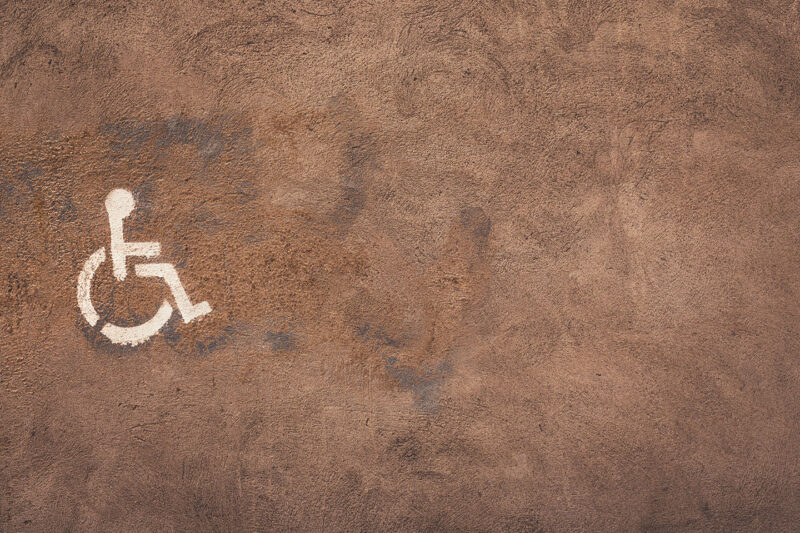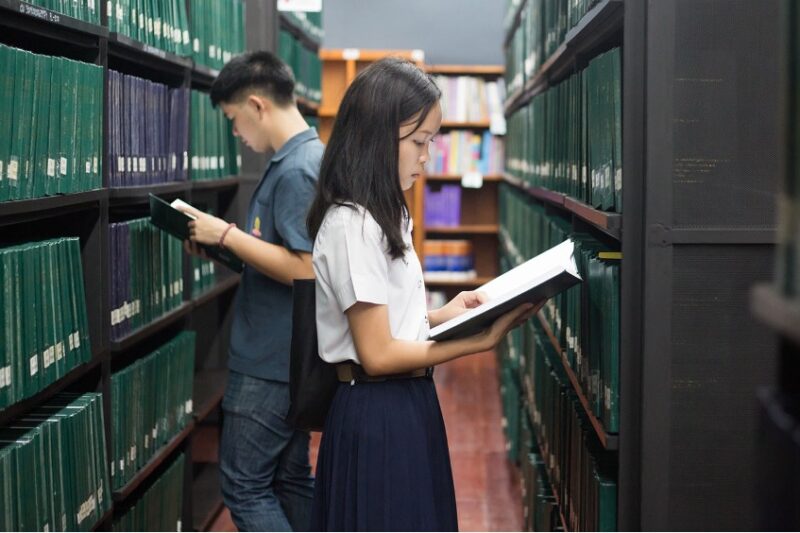Promoting cleaner air through tree planting
Do you know that a tree produces up to 250,000 liters of oxygen each year — equal to the amount needed by two human beings? Therefore, planting a tree does a lot more than we think for the environment, especially when we do it in urban communities.
Chulalongkorn University emphasizes tree planting on its campus. It initiated the “Chula Loves the Earth” project in 2009 to expand green zones on the campus and has been carrying out projects ever since. Members of the Chula community regularly join hands to plant trees with the aim of fighting global warming, creating shade and fostering a healthy environment.
According to the Office of Physical Resources Management, members of the Chula community have so far grown over 225,000 plants — both perennials and ground cover. The project has also created value-added for the benefit of students in various ways. For example, it yields vegetables that go into lunches for needy students or can be sold to raise funds to support university dorms.
The project is not limited to Bangkok. The university, in collaboration with Toyota Motor (Thailand) Company Limited, runs the “Ruam Jai Pluk Pa Nives” (Heart-to-Heart Reforestation) project in Kaeng Khoi district of Saraburi province. To revitalize the environment and create an abundant watershed forest, the project has been carried out by lecturers, students, staff and alumni of Chulalongkorn University and local residents, with over 127,000 trees grown since 2012.
Apart from tree planting, the “Chula Loves the Earth” project extends to other campaigns such as CU Bike for reducing energy consumption through the use of bicycles on campus, Chula Zero Waste for managing garbage, reducing the use of paper and plastic, and producing biodiesel from food waste from canteens.

The following list details the trees grown under the project:
- 15,542 trees around the statue of King Rama V and King Rama VI in 2009;
- 19,112 trees at the Ruenrom Space beside Chulalongkorn Auditorium, south of the Faculty of Engineering, in 2010;
- 8,545 trees planted at the Chulapat 13 Building in 2011;
- 27,589 trees at the Romyen Space@Sports Centre in 2012;
- 13,434 trees at the Romyen Space@Sports Centre in 2013;
- 14,846 trees at the Romyen Space@Sports Centre in 2014;
- 60,000 trees in Kaeng Khoi District, Saraburi, in 2015;
- 38,000 trees at the Chalerm Rajakumaree Building in 2016;
- 28,000 trees at the Chulapat 14 Building in 2017.
In an interview last year with CU Around magazine, Assoc Prof Dr Vorapat Inkarojrith, an assistant to the president for Physical Resources and Procurement, discussed the achievements of the program:
Q: Has the “Chula Loves the Earth” project made a difference over the past nine years?
A: It is so clear that everyone has been making better efforts. The project has promoted people’s awareness of environmental dimensions, especially how to ensure sustainability in the environment of our university.
Q: How has the project been expanded to the next level?
A: We have been using the “Chula Loves the Earth” project as a role model to showcase other good projects that we want Chula colleagues to join in for he betterment of our environment and livelihoods. Examples include the Chula Zero Waste campaign to promote the use of paper cups, turn food leftovers into biodiesel and introduce electric cards for car parking.
Q: What is a major challenge for the “Chula Loves the Earth” project?
A: Changing the habits of all Chula people is the biggest uphill task. For instance, a lot of energy-saving buildings might be built, but some of those using these buildings still lack awareness about the sustainability of energy saving. Unless we change bad habits, such projects will never become successful.
Q: What is the ultimate goal of the project?
A: We hope for better awareness and consciousness about energy saving and environmental protection among Chula people, who can also make friends through related activities. Knowing people from other workplaces is good for coordination and networking for good deeds.

Q: How can we attract more Chula people to the project?
A: We will focus more on social media and less on print media and try to establish a Green Office Network. Representatives of each agency will encourage more people to join activities.
Q: Does the project benefit society in general apart from Chula?
A: We cooperate with Pathumwan District Office and surrounding communities in planting trees around our university because Chula is part of Thai society and we should begin with instilling awareness among at our “home” first. We are a small yet important part of society and can expand our project to cover environmental protection.
This article was originally published in CU Around July 2018, Vol.61, Issue 7, Page 2-3, available at https://www.chula.ac.th/magazine/10832/
Previous:
Others





